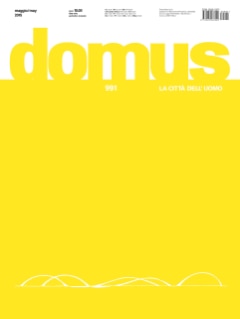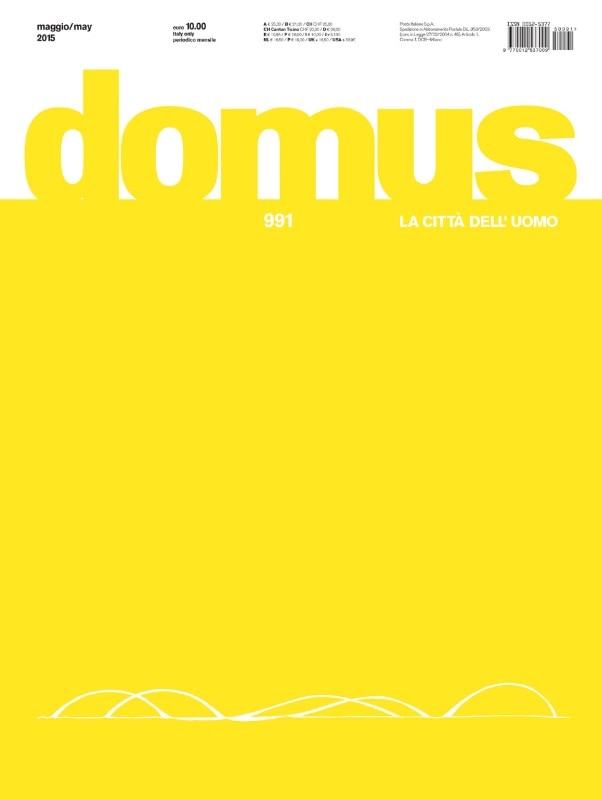

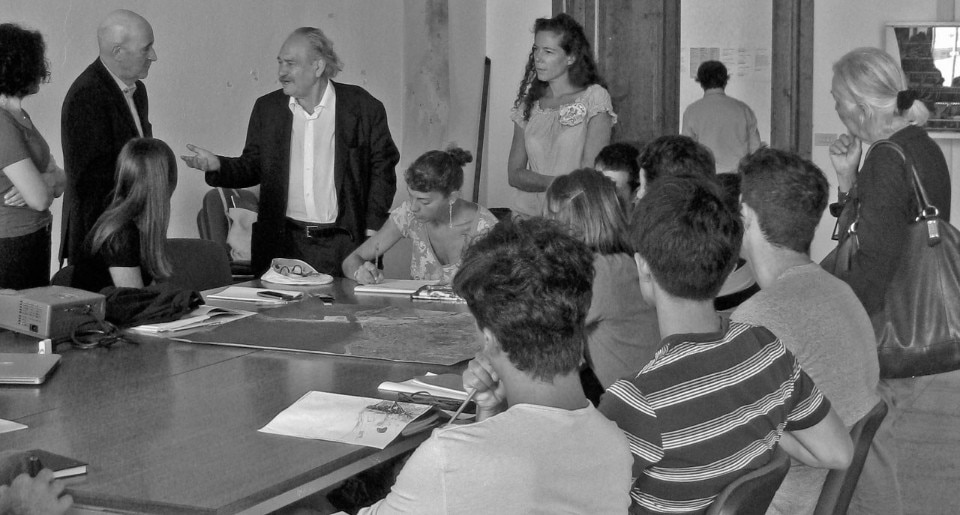
Editorial: an appeal to the masters
It is our profound conviction that a new generational pact must be implemented urgently, to enable every generation to live their lives fully and with dignity; a pact to prevent opportunists from stepping into the shoes of someone else and getting away with it.Of course we are not asking people to pursue some sort of smug utopia or absurd apathetic pacification, but simply to seize an exceptional opportunity afforded by our time.
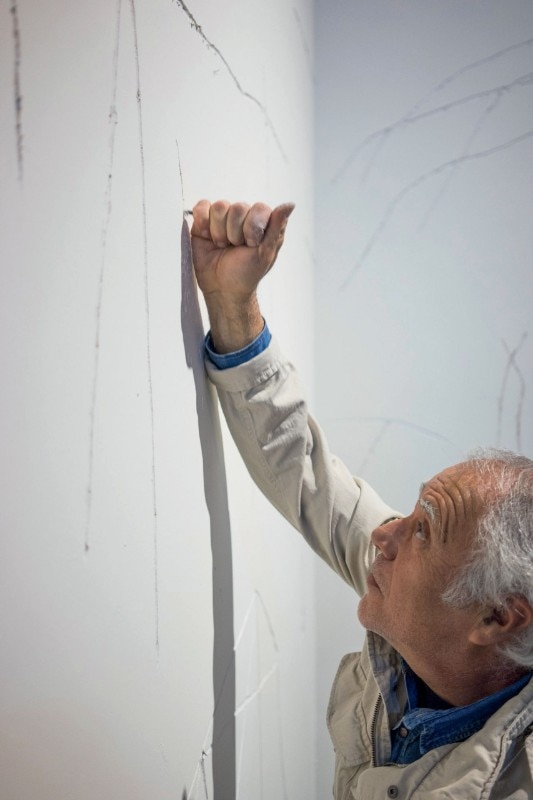
Codice Italia
The curator of the Italian Pavilion at the 56th Art Biennale in Venice tells Domus about the exhibition for which he invited artists to explore the need to weld the present to the past. He is displaying their work in chambers that seen together are like a small city.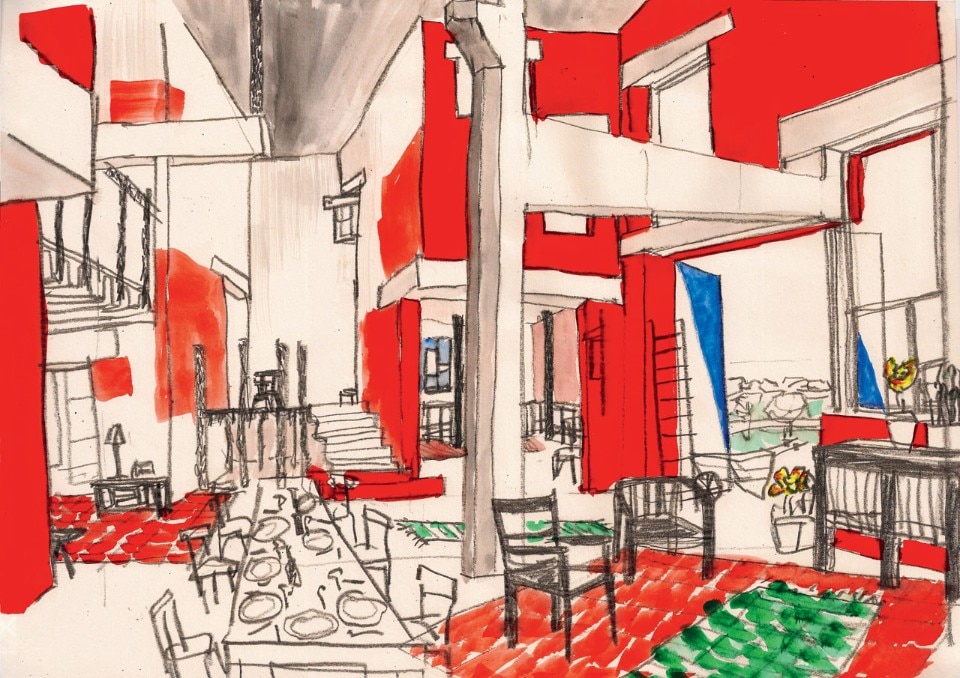
Engaging people to love architecture
Florian Beigel of the Architecture Research Unit at the CASS, part of the London Metropolitan University, is a recent recipient of the RIBA Annie Spink Award. He is flanked by the equally inspired Philip Christou, and here they describe their enthusiastic approach to teaching on a daily basis.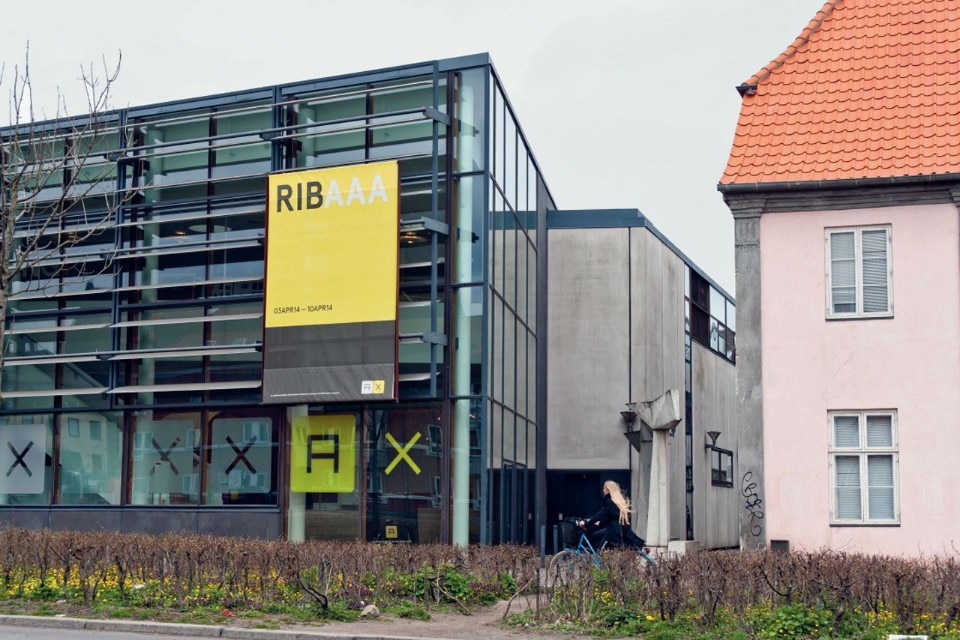
Aarhus School of Architecture
Founded 50 years ago as an alternative to the Royal Danish Academy of Fine Arts in Copenhagen, the Aarhus School of Architecture in Denmark’s second-largest city is distinguished by its emphasis on “the art of building” and the way it unites scientific research with practical design exploration.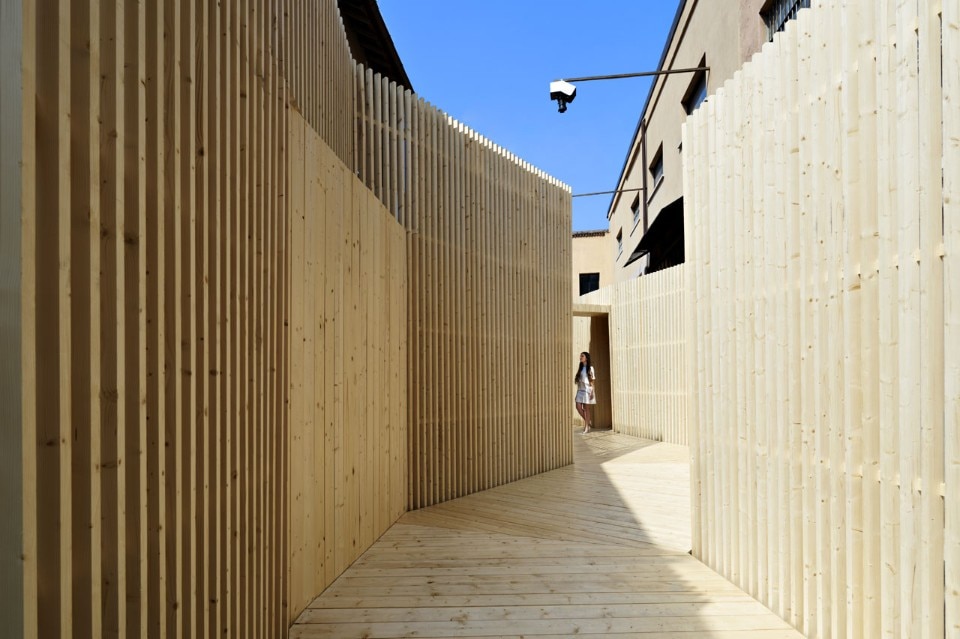
A view of the 2015 Furniture Fair
After the frantic, jam-packed days of the Milan Design Week, we asked Beppe Finessi to give us an “impromptu” and personal point of view of the entire event. His agile and lively report scans installations, exhibitions and new products to seek out the unusual, the surprising and the confirmatory.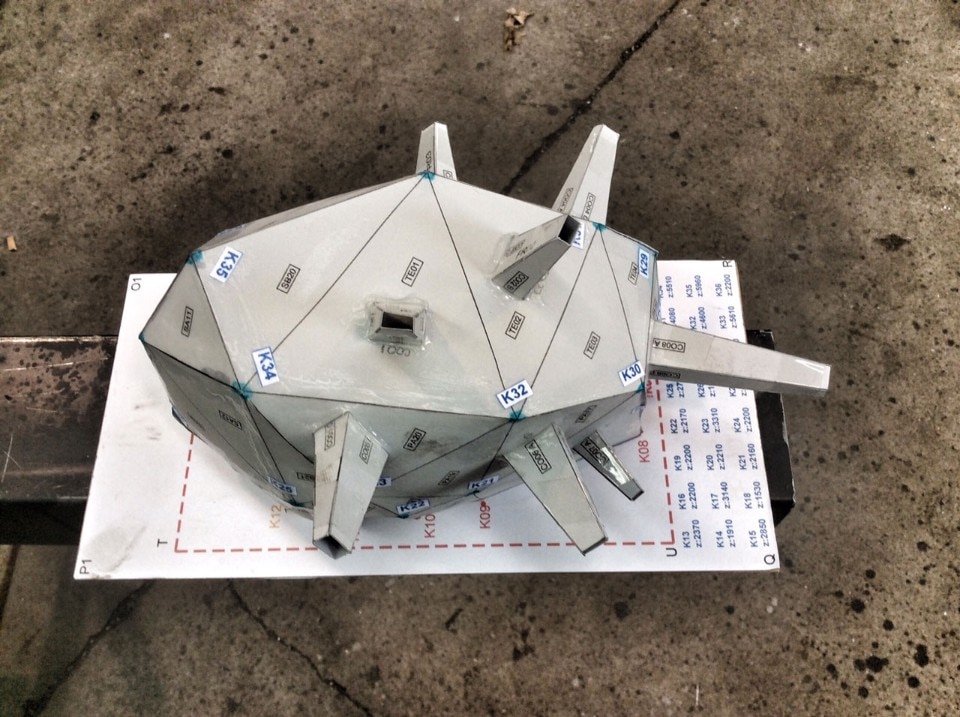
Favilla. Every light has a voice
In the UN International Year of Light, this Milanese architect’s phantasmagorical installation for the 2015 Euroluce trade show used the geode as a spatial metaphor to illustrate humankind’s ancestral desire to comprehend the origin and mystery of light.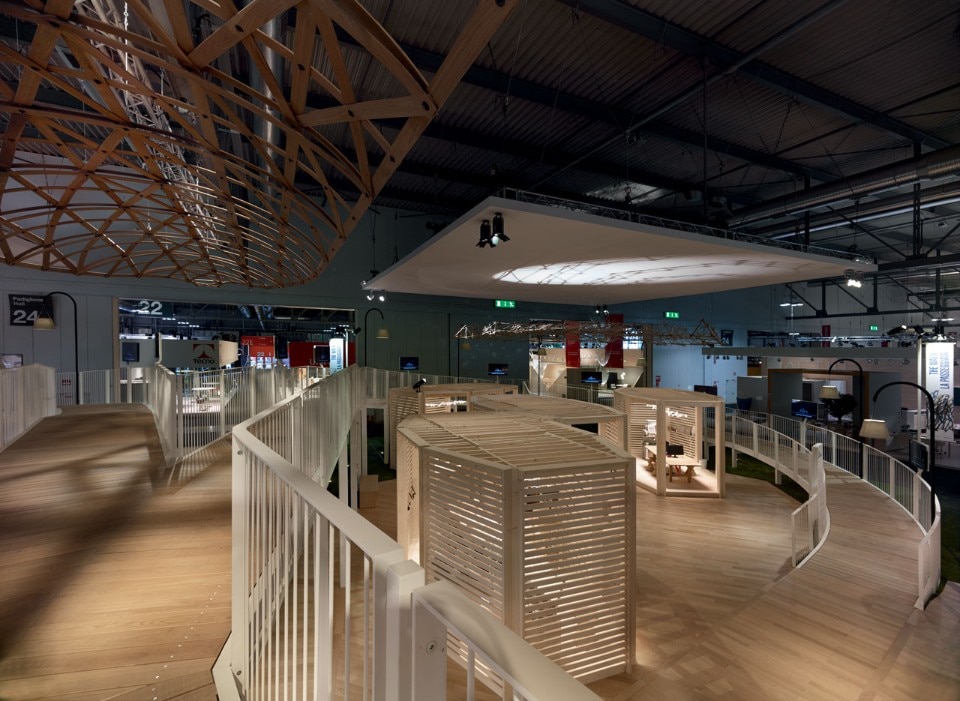
The Walk
A reflection on the evolution of the office interior, where the master designer De Lucchi tells Domus the motives behind the big office installation he designed for the Milan Furniture Fair, which illustrates the latest transformations in layout, lighting and atmosphere of the workplace.
The art of composing
The Philharmonie de Paris is hosting a large exhibition on Pierre Boulez for his 90th birthday as an homage to an artist of music who throughout his career has found his creative principles in painting, literature and architecture.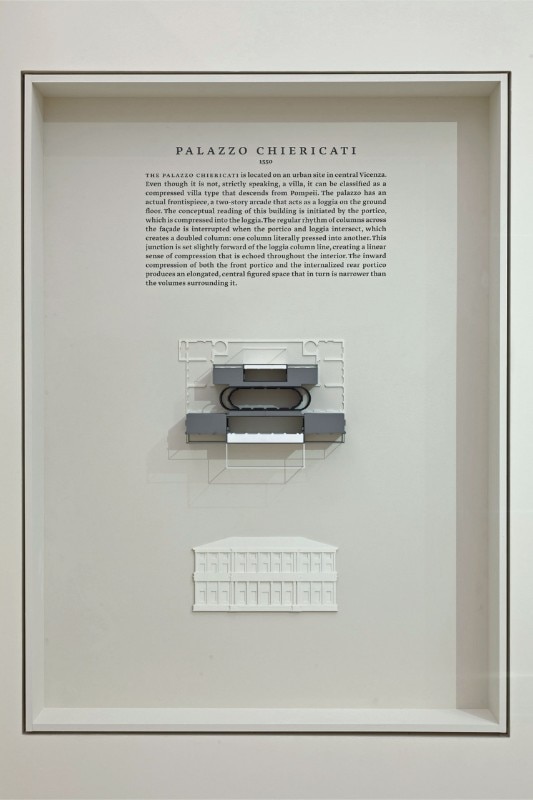
Palladio Virtuel
The results of the important research that this American maestro has been conducting for years on the work of Andrea Palladio will be published in Palladio Virtuel this winter. We anticipate to our readers the masterful preface of the book, where the author claims his right as an architect to read the buildings in his own specific way, different from that of the historian or critic, and responds to the questions “Why Palladio today?” and “Why this particular method of analysis?”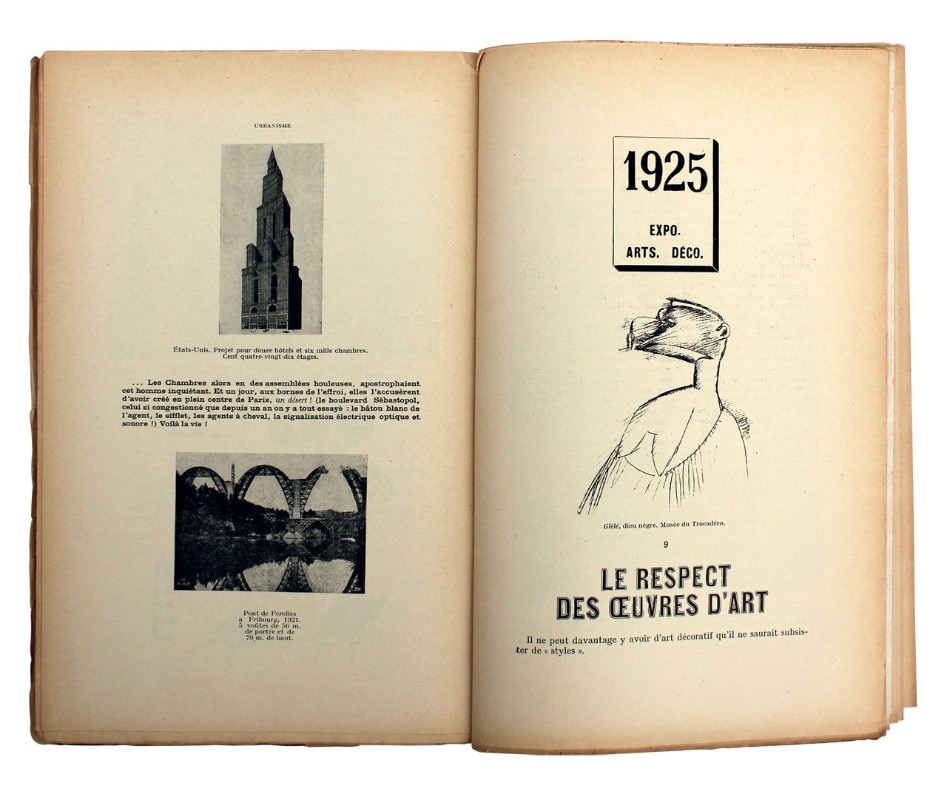
L’art Décoratif d’Aujourd’hui
Among the many initiatives commemorating the 50th anniversary of the great Swiss master’s death, Quodlibet has put out an Italian translation of the famous volume L’Art Décoratif d’Aujourd’hui from 1925. Here we print the preface that Le Corbusier wrote for the 1959 reprint, where he describes the motivation and origins of this book with wit and precision.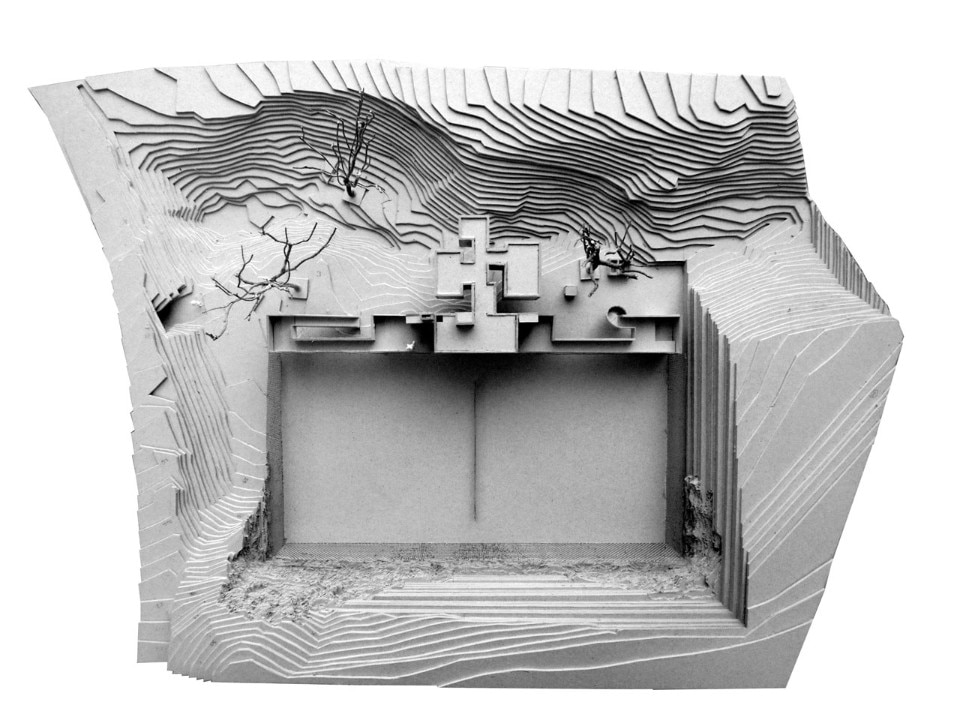
Casa con campo da tennis Sofienlund, Tromøya
When the architect’s task is fully accomplished with the construction of the projects he conceives, what is the meaning of projects that are not built? This question has interested Carl-Viggo Hølmebakk since his study years, and even more so today, in reference to the work we present here.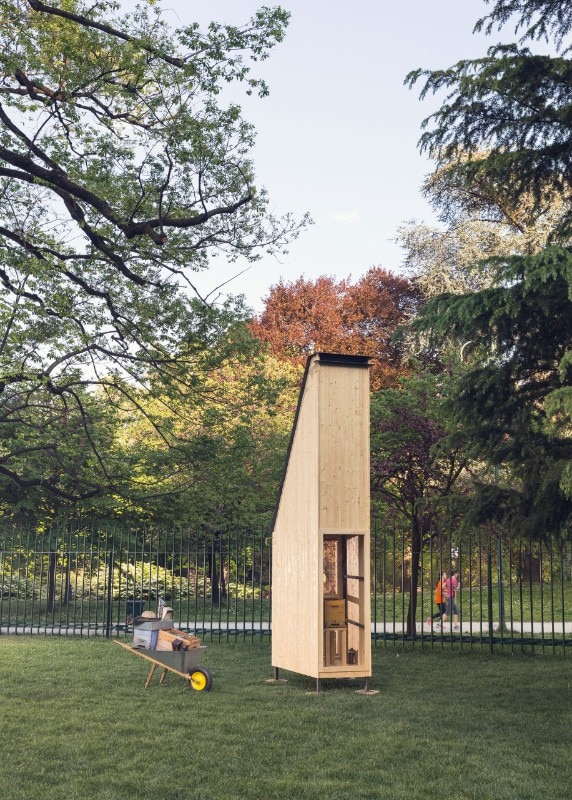
Bee-keeping in an urban key
Following his taste for experimentation, always looking for new ambits to inject with design culture, Faccin made an urban beehive to bring bees closer to people. After the SaloneSatellite event, this piece of micro-architecture built by Riva1920 was installed in the gardens of the Triennale di Milano until the end of the 2015 World Expo.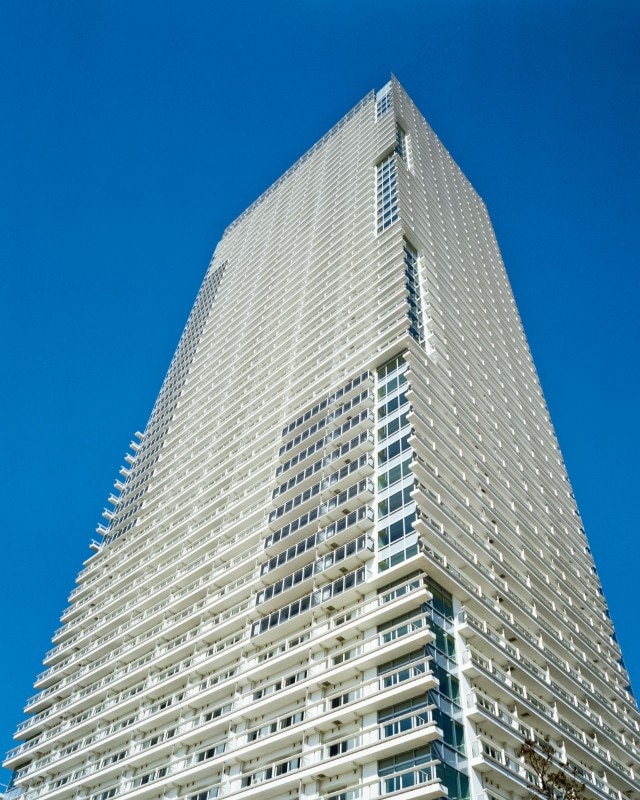
Harumi residential towers, Tokyo
With its design for a functional bridge-viaduct-bridge-tunnel sequence, this Milanese firm is participating in the great international event by making a solution for the side of the Expo site that presents the highest degree of infrastructural complexity. Lightness, transparency, permeability and continuity are the main elements adopted to promote the project’s relation with the surrounding area.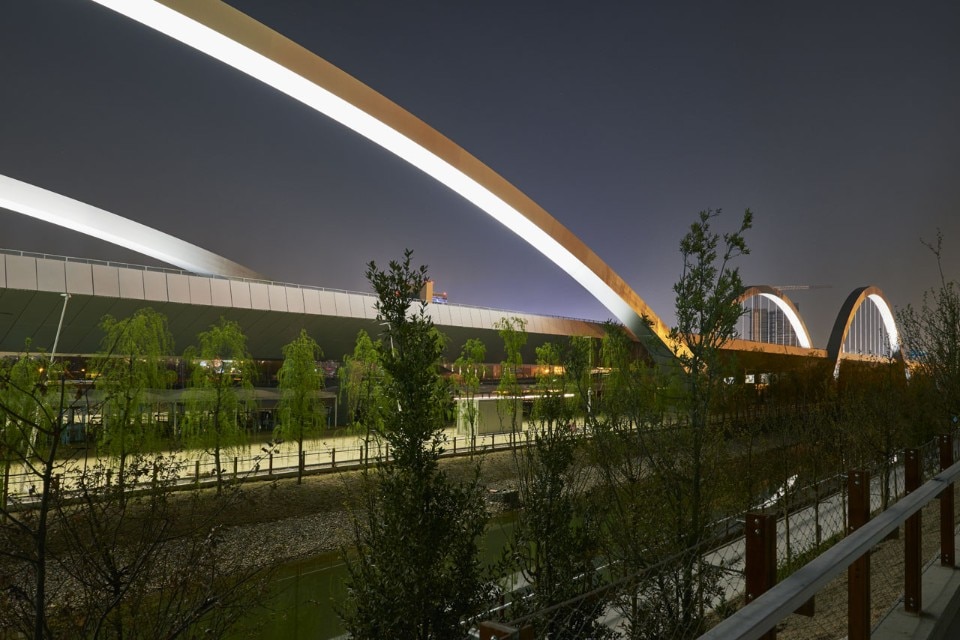
The Bridges of Expo 2015
With its design for a functional bridge-viaduct-bridge-tunnel sequence, this Milanese firm is participating in the great international event by making a solution for the side of the Expo site that presents the highest degree of infrastructural complexity. Lightness, transparency, permeability and continuity are the main elements adopted to promote the project’s relation with the surrounding area.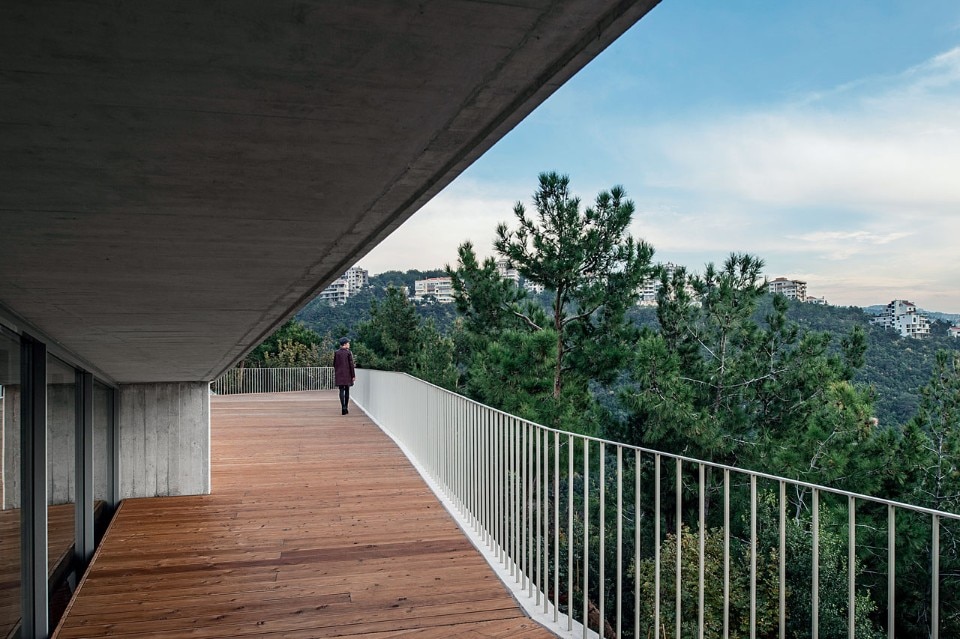
Villa T, Kornet Chehouane, Lebanon
In the hills of Beirut, the single-family house designed by these Lebanese architects does not impose on the landscape as a volume, but rather as an architectural promenade that rests on the slope and thematises the change in altitude by a sequence of spaces on different levels.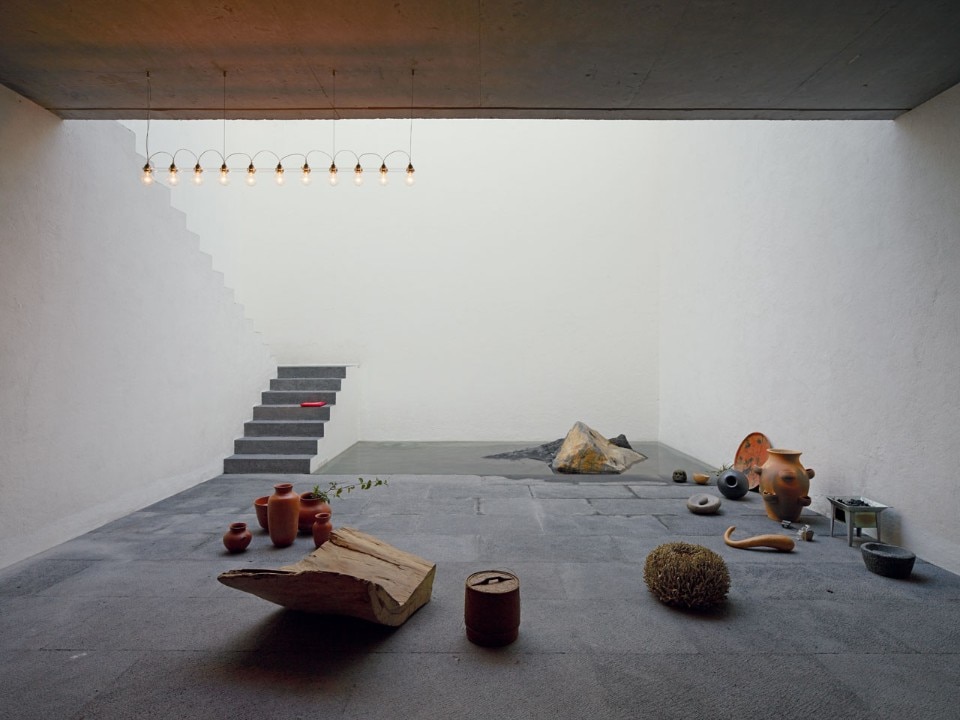
Casa Flora, Mexico City
In the house they refurbished for the artist Danh Vo, these young Mexican architects transformed the interior of a 20th-century building by adding an unexpected patio and creating a domestic place to hold the owner’s collection and artwork.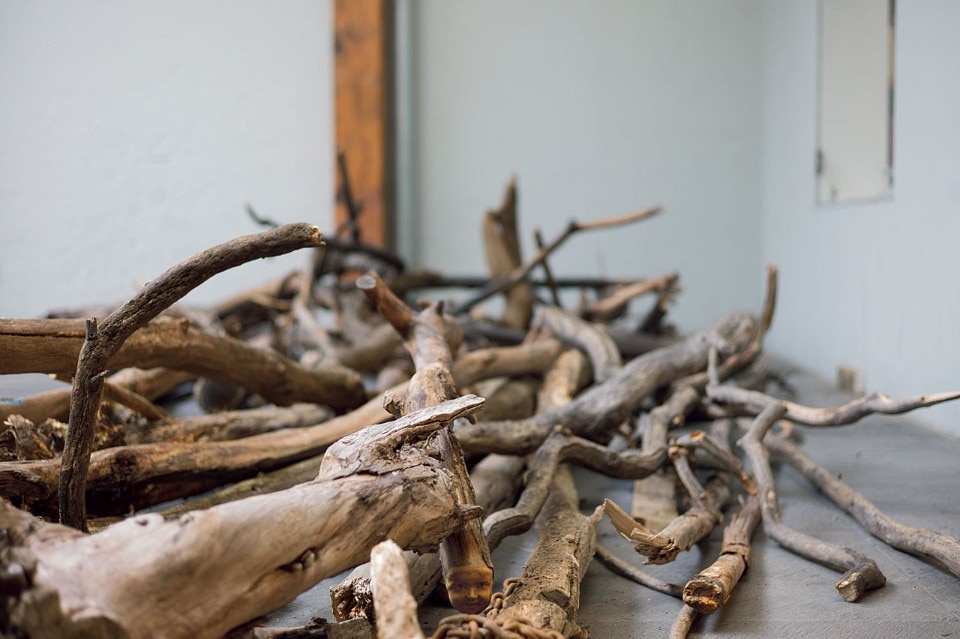
Danh Vo

The Flos Gallery
As the fruit of an extraordinary and reiterated dialogue between two people who are “as obsessed as they are passionate about their work”, the “art gallery” designed by Ron Gilad for Piero Gandini at the Euroluce strings together the narrative sequences and voices of Flos lamps and their designers inside a truly architectural space.
80!Molteni
To recount the story of a furniture manufacturer by displaying prototypes and historical models in the strongly conformed rooms of the Galleria d’Arte Moderna in Milan was the challenge taken up by this British designer. His proposal for “floating islands” in the Villa Reale makes such an intrusion possible, by allowing paintings and design pieces to be admired without any confusion.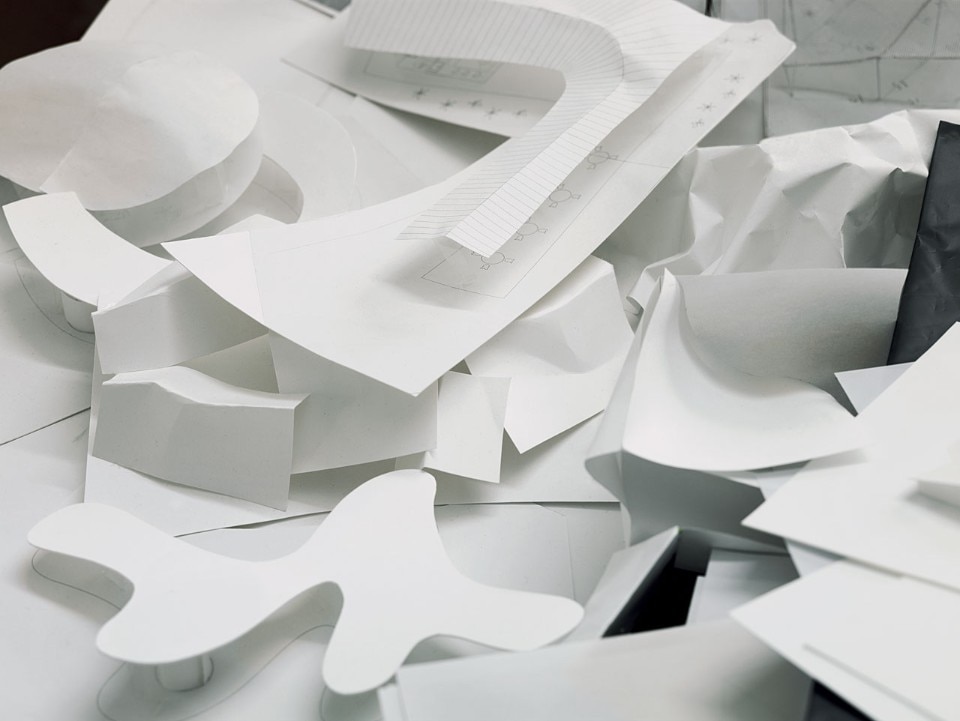
Trampelpfad
For what he defines as his “most photographic work to date”, the German artist allowed himself to be guided by an unusual path that brought him to the SANAA office in Tokyo, a place congenial to him, where the trivial and singular physiognomy of a sheet of paper is turned into a designing force.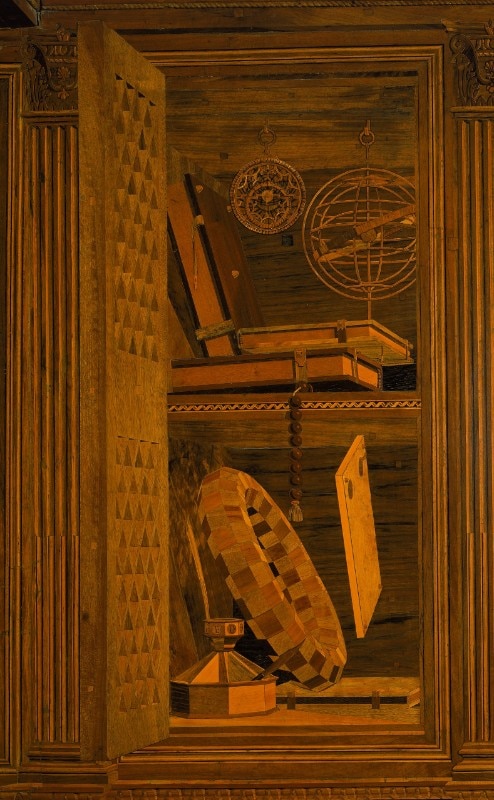
Rassegna: Office
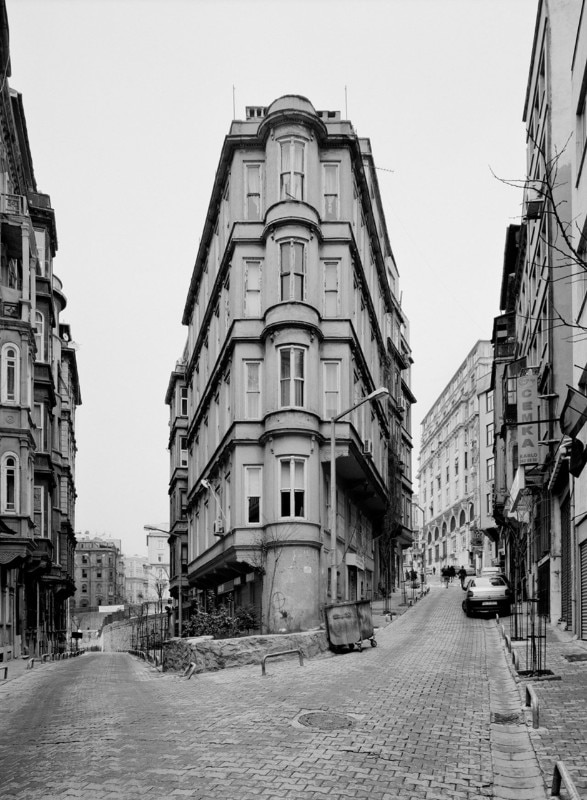
Feedback: Faruk Malhan’s Istanbul


